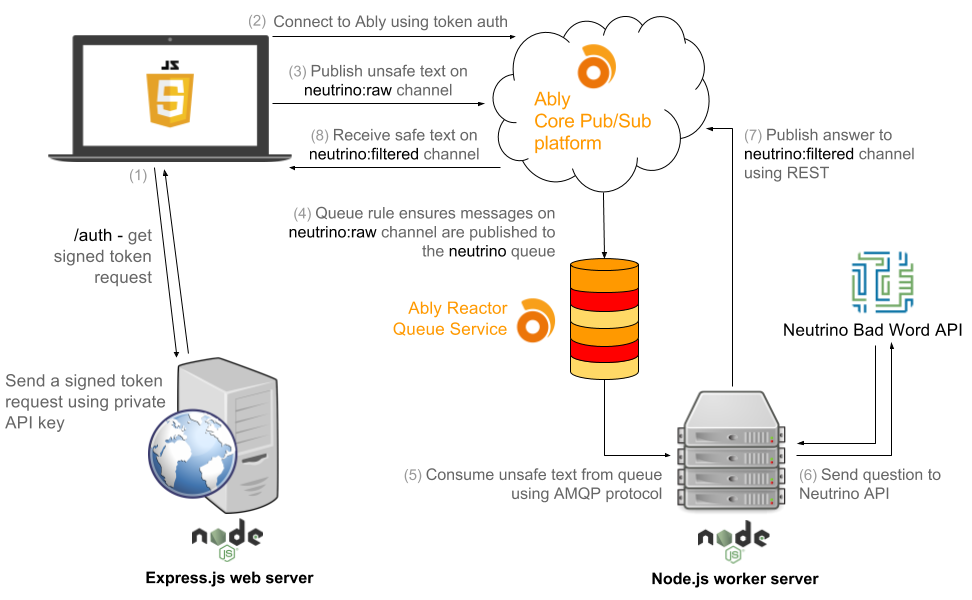Building a STOMP Messaging Application with Spring Boot - Open ...
Here’s a brief guide on how to build a STOMP-based messaging application using Spring Boot.
In modern web applications, real-time communication is a critical feature, particularly in applications such as stock market tracking platforms and ticket booking systems. Users expect instantaneous updates without the need to refresh their browsers. WebSockets, combined with STOMP (Simple Text-Oriented Messaging Protocol), provide an effective solution for handling bi-directional, full-duplex communication in such scenarios. We will now explore how to build a STOMP-based messaging application using Spring Boot, leveraging open source frameworks for seamless integration.
Key Components of a STOMP Messaging Application
The architecture for a STOMP messaging application consists of the following key components:
- A backend service handling WebSocket connections and broadcasting messages.
- A messaging protocol that enables WebSocket-based communication between clients and servers.
- Facilitates message routing between connected clients.
- Frontend clients subscribing to real-time updates from the server.
In this architecture, WebSocket clients connect to a Spring Boot application that acts as a WebSocket server. This server, in turn, interacts with a message broker to distribute messages among connected clients efficiently.
There are many open source frameworks that play a pivotal role in implementing this solution. The Spring Boot 3.x framework provides built-in support for WebSockets and STOMP, reducing boilerplate code. Spring WebSocket simplifies WebSocket handling with STOMP support. The Spring messaging library integrates messaging capabilities using a broker. For middleware communication, RabbitMQ or ActiveMQ act as robust message brokers to distribute messages in high-load applications.
WebSockets enable a persistent, full-duplex connection between the client and server, allowing real-time communication. STOMP enhances WebSockets by providing message format structuring, message routing, and subscription mechanisms.
Example Scenario: Stock Market Platform
Consider building a stock market platform where stock prices change every second. The server broadcasts these changes in real time using STOMP over WebSockets. Clients subscribed to a particular stock receive immediate updates without refreshing the page.
Implementation Steps
First, create the application that includes the necessary dependencies in pom.xml (application built in Maven). This will be similar in an application built in Gradle also.
Next, create a WebSocket configuration class:
Now, we need to build a controller for message handling using a messaging template. For example, to get stock prices in real-time we can use ticker messaging as shown below:
The object model for stock data to be used in the messaging transfer could be like this:
Finally, here’s the frontend WebSocket client example using JavaScript, which subscribes to a STOMP client to communicate as an interactive web application:
Using WebSockets with STOMP in a Spring Boot application provides an efficient way to handle real-time interactions. Open source frameworks like Spring WebSocket and RabbitMQ help build scalable, event-driven applications. Whether for stock market updates, ticket booking systems, or chat applications, this approach ensures high responsiveness and an interactive user experience.






















